RAMALLAH – As the world’s largest and oldest galleries are shutting their doors due to COVID-19, a small two-story gallery in the West Bank city of Ramallah opens with over 100 works in the first-ever art fair with one aim: making art affordable for new collectors.
Zawyeh Gallery came up with the initiative; named it the Ramallah Art Fair – First Edition, signaling hope for more to follow; and included the works of 26 Palestinian artists, mostly produced during the pandemic year of 2020.
“In fact, it is the difficulties of the current time that led us to think about this art fair,” Yousef Hussein, Zawyeh gallery director, told The Media Line.
“We want to support the artists and ourselves, so we brought together the works of as many artists as we could,” he said.
The idea is simple: Bring together those works, put them on display with prices mostly under $1,000, and a selected few by well-established artists such as Sliman Mansour, Nabil Anani, Mohammad Khalil and Khaled Hourani, for higher prices, but not exceeding $5,000.
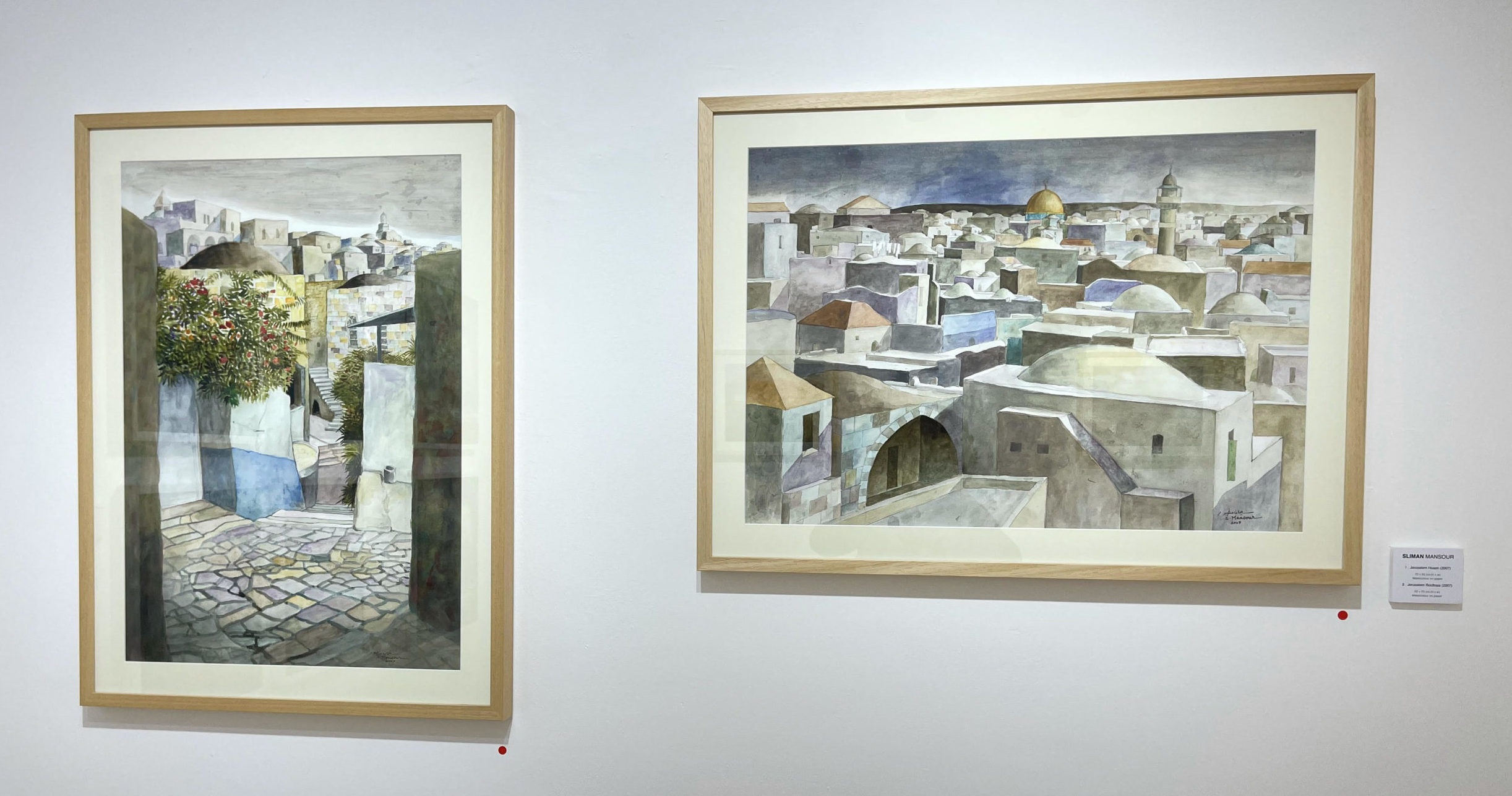
Works by Sliman Mansour the Ramallah Art Fair – First Edition, Zawyeh Gallery, Ramallah, in the West Bank. (Courtesy)
The gallery has been using online techniques and videos to sell art to people abroad, where there are more collectors than in Palestine. However, this time more Palestinians were encouraged to buy the works of young and emerging artists.
This initiative allowed more people, who would otherwise buy replicas and posters, to actually purchase small original works of art, Hussein said.
According to Hussein, about a third of the displayed works of art have been sold in Palestine and abroad. To him, this was a way to cover the gallery’s operating costs and support artists who were heavily affected by COVID-19. Many have found time to produce more art than usual, but potential customers now tend to be more concerned with funding their own basic needs than purchasing art.
Some critics of the initiative have argued that the art fair could be pushing artists toward commercialism.
Commenting on that, Hussein said, “Let us not forget that artists are humans who devote their life careers to art and this is how they earn their living.” He noted that the gallery sought to replace the loss of much of its international clientele due to the pandemic, which forced many galleries and art-supporting organizations to curtail their previous plans.
This holiday season, give to:
Truth and understanding
The Media Line's intrepid correspondents are in Israel, Gaza, Lebanon, Syria and Pakistan providing first-person reporting.
They all said they cover it.
We see it.
We report with just one agenda: the truth.
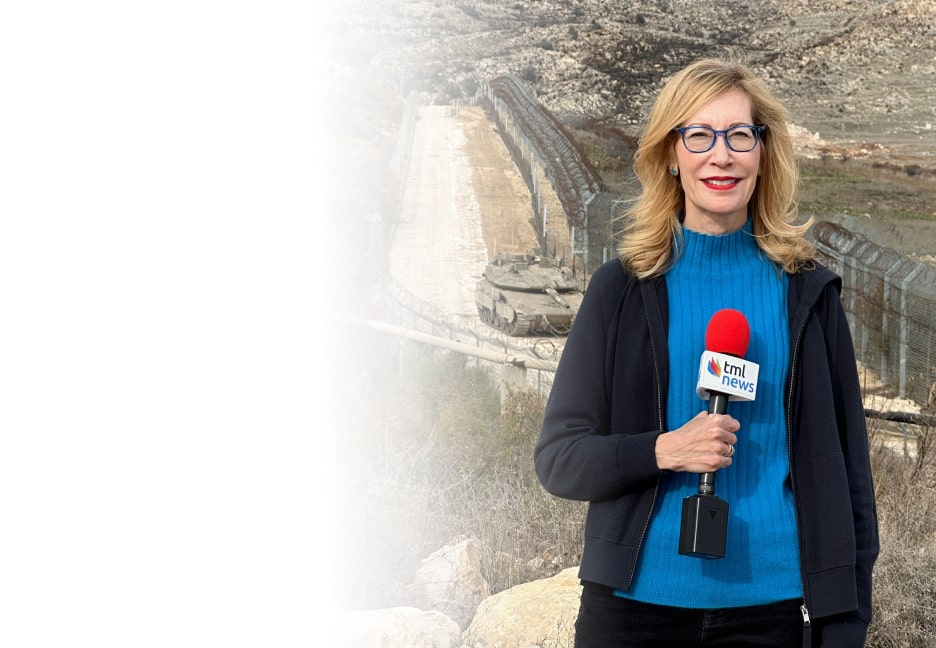
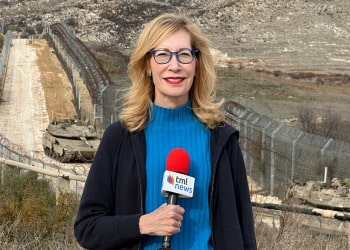
“We are proud of this; we are actually breaking barriers and bringing art closer to the people,” he said.
Artist Ola Zaitoun, 32, displayed a series of works titled “Quarantine,” which she produced during the lockdown with the tools she had available in her home.
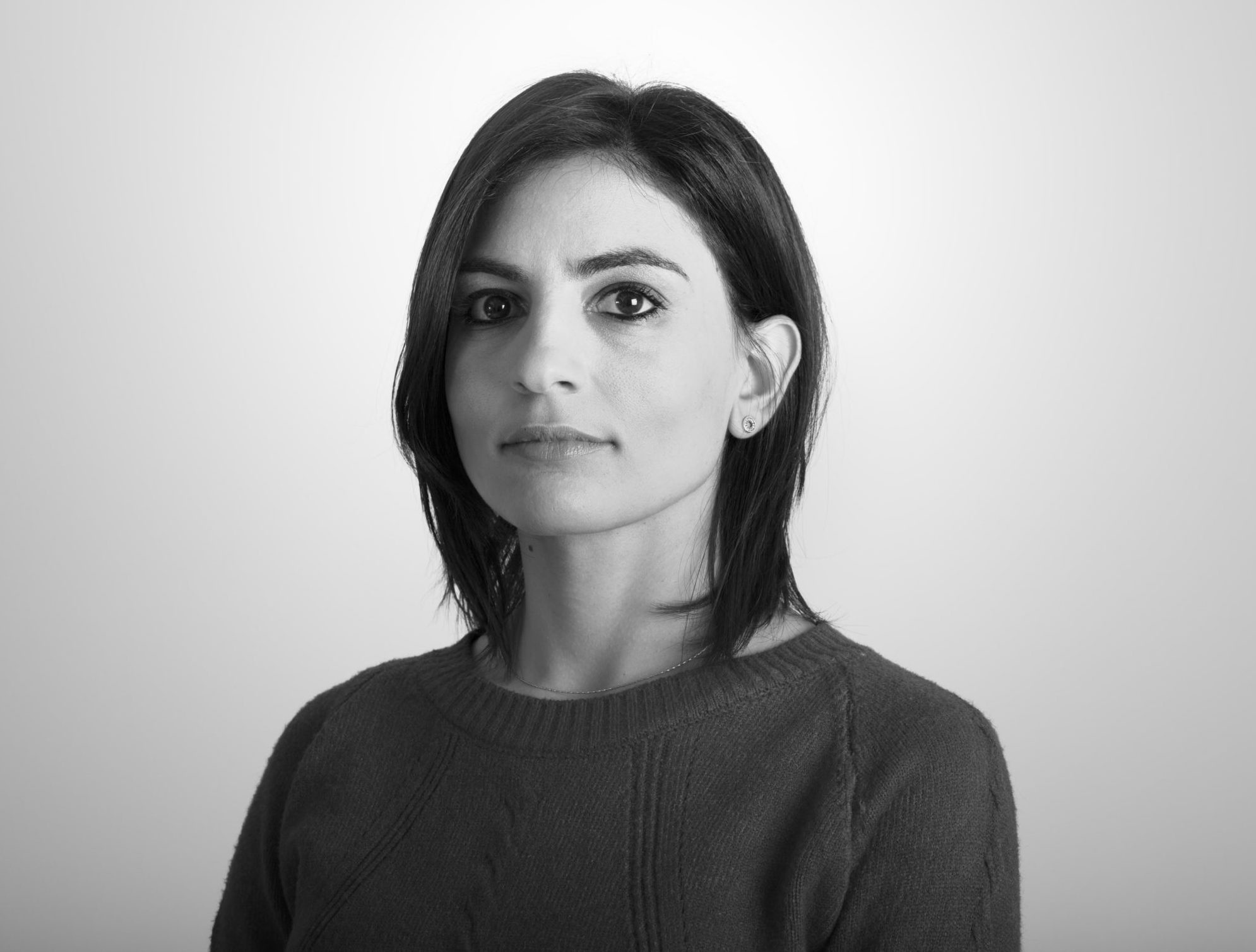
Ola Zaitoun. (Courtesy)
“This art fair is not only a first in Palestine but is held for different reasons and goals that make it a very important opportunity for artists to put forward their own statements and ideas,” Zaitoun told The Media Line.
“The price of an artwork, be it high or low, does not tell the value of the work,” she stressed. “The price does not reflect the artwork’s purpose; some of the commercial artworks are sold for very high prices.”
At the same time, the need for exposure and new platforms for art within a collective and in a way that is accessible and affordable to a wider audience is seen as a part of the movement and reflects changes in the Palestinian contemporary art scene.
“When I worked on my paintings titled ‘Quarantine’ last year, I was not thinking of taking part in exhibitions or selling them,” she added. The lockdown and spread of COVID-19, she said, influenced artistic themes and techniques, and had a significant impact on the Palestinian visual art scene.
Asma Ghanem, a young artist who graduated from the International Art Academy in Ramallah about 10 years ago, moved to the United States to pursue her education and career. There, she began to focus her art on the themes of Black Lives Matter and issues raised by African Americans.
Ghanem has three paintings displayed at the gallery’s entrance, in a hard-to-miss location, with striking portraits of African Americans marked by fantastical and colorful brushstrokes.
Ghanem’s work reflects an in-depth look at the aspirations of people identifying as Black, through the colors and the looks that she chooses to depict in the portraits.
“When I came back to Ramallah due to the pandemic, I decided to move to studying and working on African Palestinians, because Black Lives Matter is a global issue, in my opinion,” she said.
Ghanem’s works are considered a new and unique form, thematically, in contrast to traditional landscape paintings, realistic and abstract paintings, and works that are in one way or another tied to domestic issues.
Six of the 26 artists participating in the fair are women. Both Zaitoun and Ghanem agree that female artists are underrepresented in general and have less opportunity to show their works. They want to encourage more women to participate in curation and artistic policy development.
On a positive note, prominent artist Khaled Hourani, who arranged for a painting by Picasso to be displayed in Ramallah for one month in 2011, says that the variety of the Palestinian art scene is well reflected in the fair, which is a true representation of where Palestinian visual art is at the moment, especially amid the coronavirus pandemic and the lifestyle changes that have accompanied it.
“This is true for all sorts of arts: performance, installations, music, literature. We are evolving and this is only natural,” Hourani told The Media Line.
Hourani presented a series of paintings titled “Unnatural Landscape” that showed a traditional landscape with military towers and the separation barrier in the heart of it.
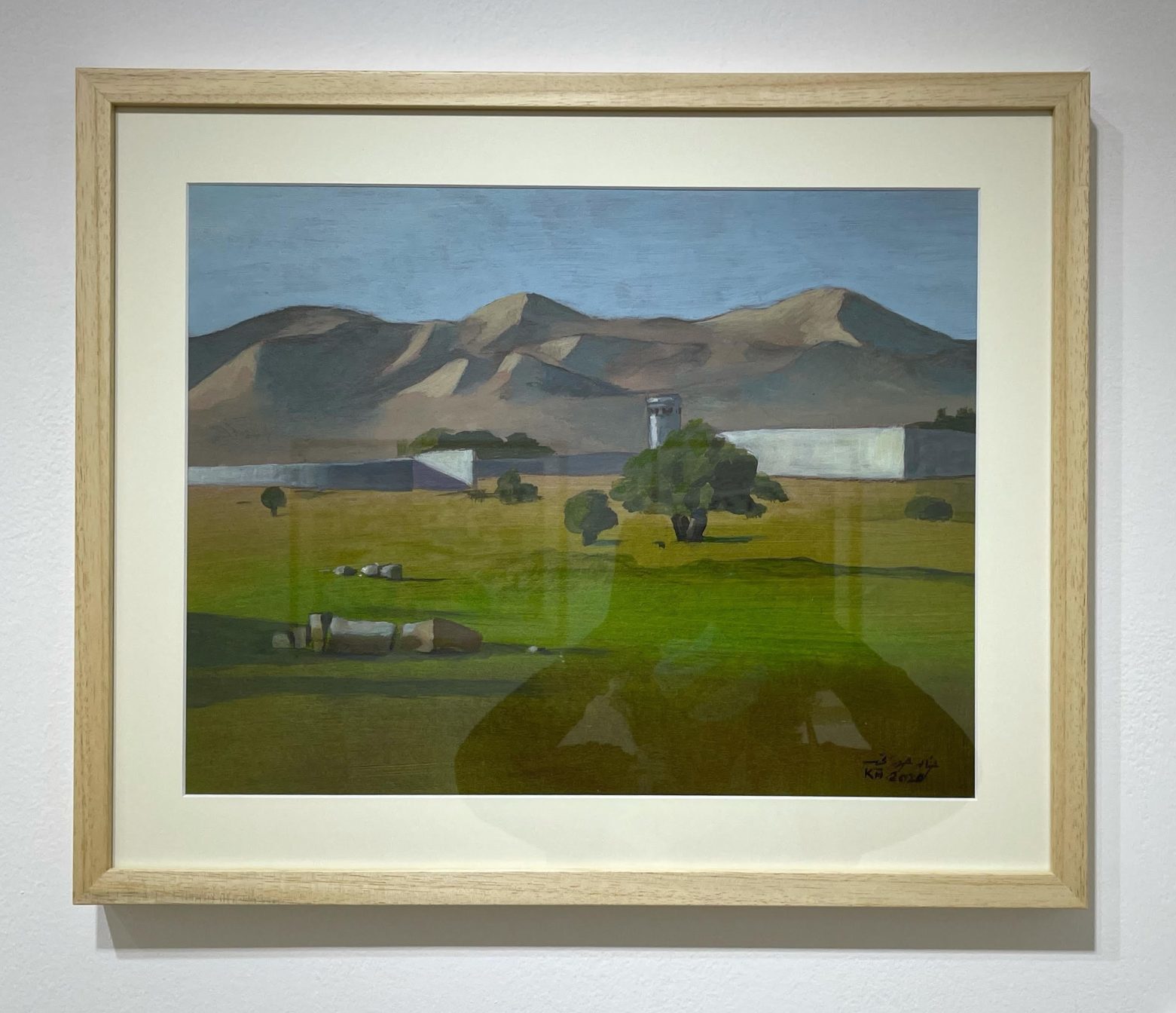
“Unnatural Landscape #11, 12” by Khaled Hourani. (Courtesy)
“The fact that this art fair is bringing together artists from different generations is a great gesture and creates a dialogue among the different artworks,” he said.
“The young Palestinian artists have gone far beyond the imitation of earlier works and artists, and more and more women are participating, breaking the walls surrounding a male-dominated art scene,” he noted.
“This gives me hope,” Hourani concluded.